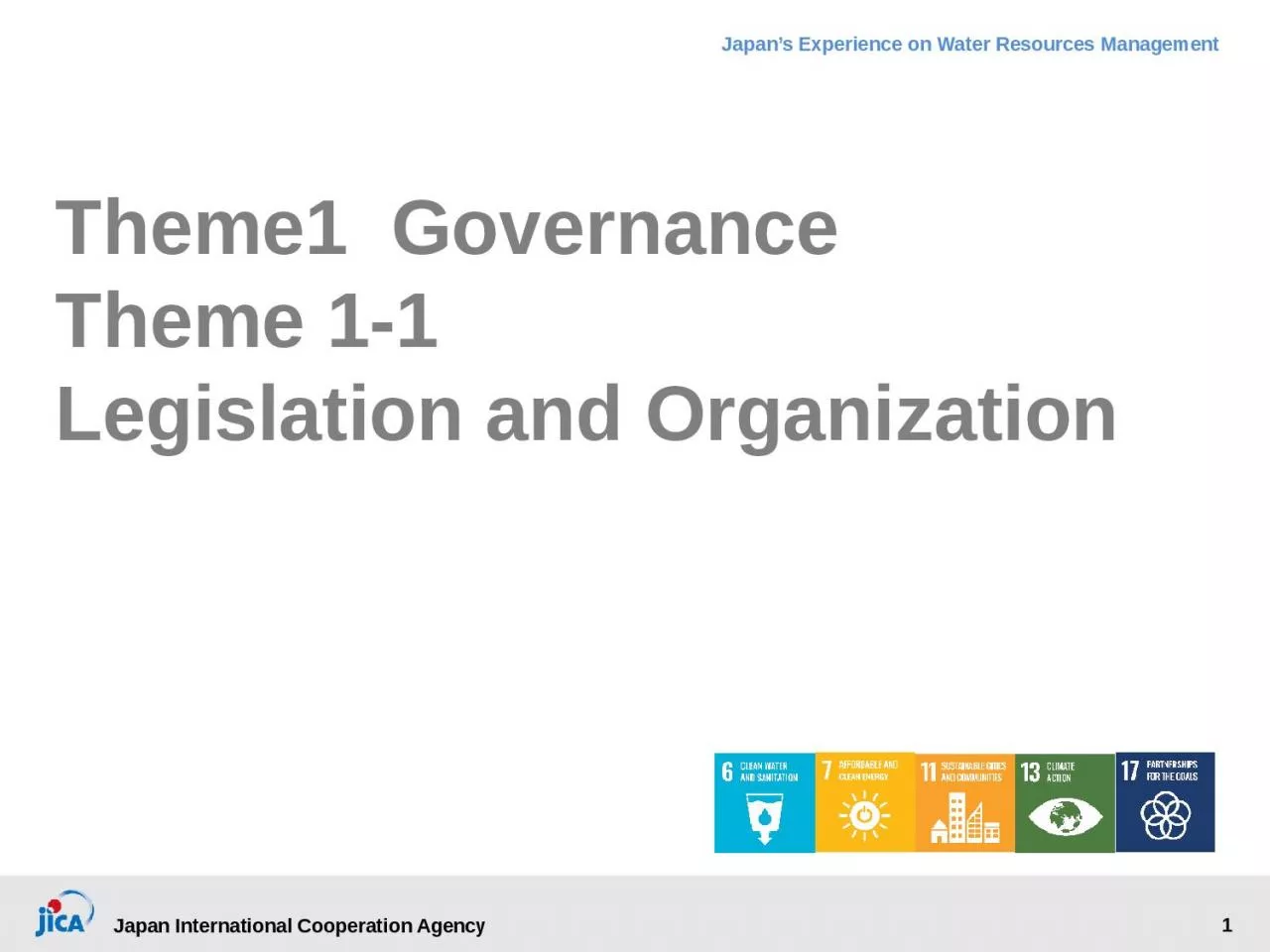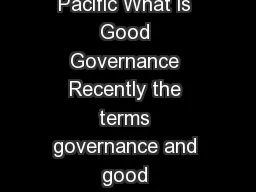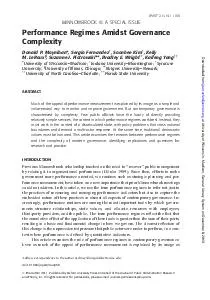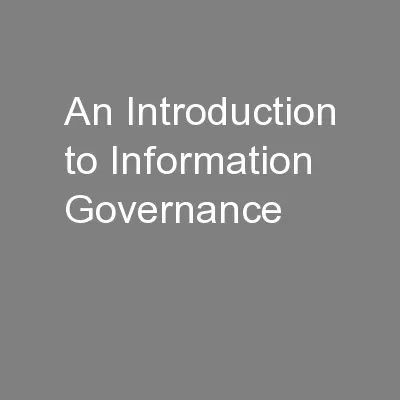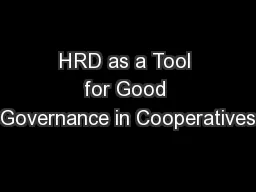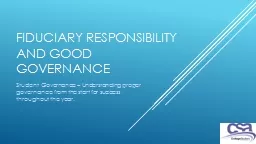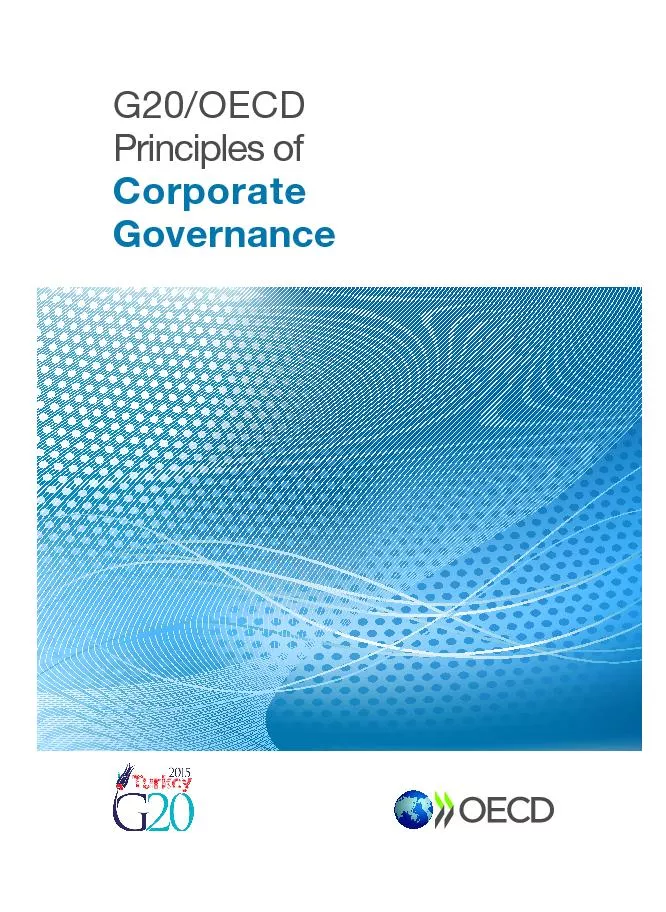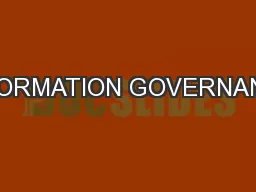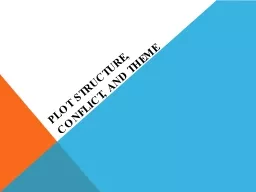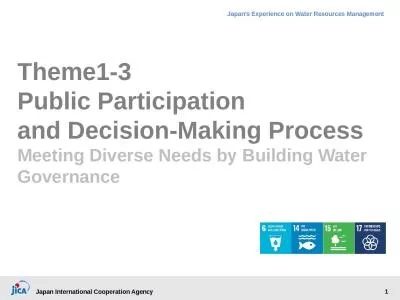PPT-Theme1 Governance Theme 1-1
Author : iris | Published Date : 2024-02-09
Legislation and Organization Contents Introduction Coordination Among Parties Countermeasures Against Climate Change Lessons Learned What is the role of legislation
Presentation Embed Code
Download Presentation
Download Presentation The PPT/PDF document "Theme1 Governance Theme 1-1" is the property of its rightful owner. Permission is granted to download and print the materials on this website for personal, non-commercial use only, and to display it on your personal computer provided you do not modify the materials and that you retain all copyright notices contained in the materials. By downloading content from our website, you accept the terms of this agreement.
Theme1 Governance Theme 1-1: Transcript
Download Rules Of Document
"Theme1 Governance Theme 1-1"The content belongs to its owner. You may download and print it for personal use, without modification, and keep all copyright notices. By downloading, you agree to these terms.
Related Documents

